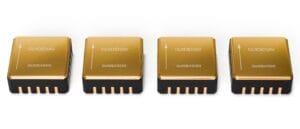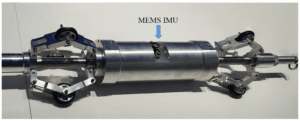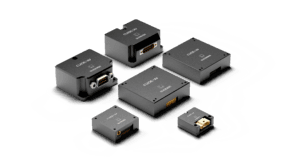
How Gyroscopes and Accelerometers Shape IMU Performance
A stable IMU relies on fusing gyroscope and accelerometer data. Gyroscopes drift, accelerometers are noisy, and a complementary filter blends both to deliver reliable, lightweight real-time attitude estimation.

Quartz Accelerometer vs. MEMS Accelerometer
Quartz Accelerometers provide superior long-term precision and stability, while MEMS Accelerometers deliver compact, durable, and cost-effective performance. The right choice depends on your project’s accuracy requirements, budget, and environmental conditions.

Why Testing Conditions Define the True Meaning of IMU Specifications
IMU testing conditions determine how realistic and reliable IMU specifications truly are. Temperature, vibration, duration, and filtering all shape what the datasheet claims — and what the sensor actually delivers.

Application of MEMS IMU in Pipeline Inspection Robots
MEMS IMUs deliver precise inertial navigation for pipeline inspection robots operating in GNSS-denied environments. By providing stable attitude, velocity, and position data, they ensure reliable defect mapping, smooth trajectory control, and continuous operation in confined underground or subsea pipelines.

The Hidden Traps in Using High-Precision MEMS IMUs: What Every Integrator Should Know
High-precision MEMS IMUs deliver unmatched motion sensing performance — but only if used correctly. This reveals four critical usage mistakes that often cause accuracy loss, and how to prevent them in real-world integration.

Advantages and Disadvantages of the Honeywell MEMS IMU HG1930
The Honeywell HG1930 is a compact, tactical-grade MEMS IMU offering reliable performance and rugged design for UAVs, robotics, and defense systems. It delivers stable accuracy in harsh environments but comes with higher cost and export limitations.
